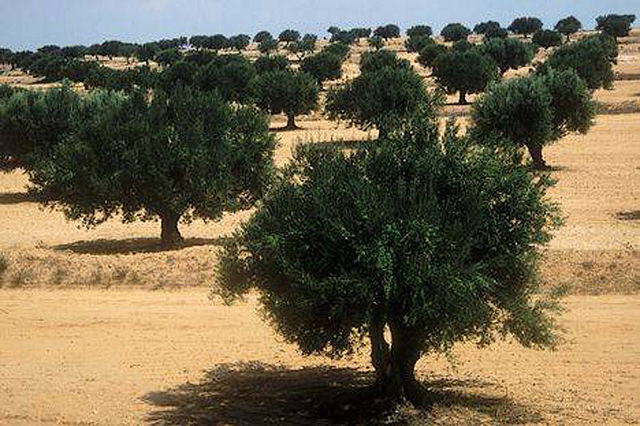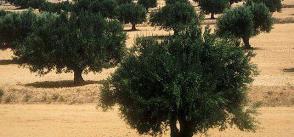
Conservation Agriculture: strengthening crop production in marginal areas
 Conservation Agriculture has the potential to enhance soil fertility and reduce erosion across 260,000 hectares (ha) of fragile and degraded cereal land in Tunisia, according to a joint study by the country’s National Institute of Agronomic Research (INRAT) and ICARDA.
Conservation Agriculture has the potential to enhance soil fertility and reduce erosion across 260,000 hectares (ha) of fragile and degraded cereal land in Tunisia, according to a joint study by the country’s National Institute of Agronomic Research (INRAT) and ICARDA.
Conservation Agriculture (CA) – the practice of not plowing and leaving crop residue in fields for enhanced soil fertility and moisture conservation – was first introduced to Tunisia in 1999, where it was pilot-tested on 11 farms in the country’s North-East. While the area cultivated under CA has since grown, the practice is still applied on only 12,000 ha of agricultural land – an area distributed among 200 farmers and operated by some 102 seeders. The area currently under CA is shown in Figure 1 (41 percent is located in sub-humid, 30 percent in lower semi-arid, and 28 percent in upper semi-arid regions).
Identifying CA adoption constraints
The constraints previously identified to explain the slow adoption of CA in Tunisia include: the small size of farms and the low investment capacity of farmers who are unable to afford Zero Tillage (ZT) machinery, and the mixed nature of agricultural production systems where an abundance of livestock, particularly small ruminants, creates significant demand for feed. This creates a dilemma for farmers who are forced to decide whether they use crop residue for livestock feed or mulch for CA.
Read the ful article via ICARDA web site.
[Photo by agri.durable | Flickr]







